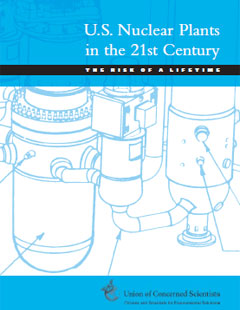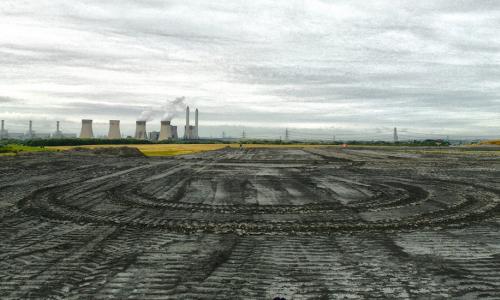The risks for catastrophe change as nuclear reactors age, much like the risks for death by accident and illness change as people get older. Protection schemes must evolve to remain correlated with age if the threat level is to be minimized. For people, it means replacing protective measures for toddlers (such as safety plugs in electrical outlets) with parental watchfulness against teenage drinking and driving. It also means testing for signs of age-related illness (such as glaucoma, heart disease, and osteoporosis) as people get older. For nuclear reactors, it means aggressively monitoring risk during the three stages of plant lifetime: the break-in phase, middle life phase, and wear-out phase. The risk profile for these three phases of life curves like a bathtub. The Union of Concerned Scientists (UCS) identified the best ways to manage the risks from nuclear power at all points along the bathtub curve.




